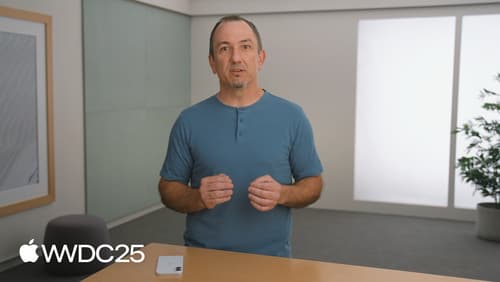Everything about message dispatch
Asked on 2025-06-16
1 search
Message dispatch in the context of Apple's WWDC sessions can be understood through several key concepts, particularly in relation to Swift and concurrency.
-
Static vs. Dynamic Dispatch in Swift: In the session Explore Swift performance, it is explained that static dispatch is more efficient because it allows for compile-time optimizations like inlining and generic specialization. Dynamic dispatch, on the other hand, is necessary for polymorphism and is used when the exact function to call is not known at compile time.
-
Concurrency and Message Dispatch: The session Migrate your app to Swift 6 discusses the challenges of concurrency, particularly with delegate callbacks that may not guarantee which thread they are called on. Swift concurrency aims to make these guarantees explicit, reducing the risk of data races and ensuring that UI updates happen on the main thread.
-
Network Framework and Message Handling: In the session Use structured concurrency with Network framework, the concept of handling incoming connections is discussed. The Network Listener is used to accept new connections and dispatch them to a handler, which is crucial for applications that need to manage multiple connections efficiently.
These sessions collectively provide insights into how message dispatch is handled in different contexts within Apple's ecosystem, focusing on performance, concurrency, and network communication.

Learn more about Declarative Web Push
Learn how Declarative Web Push can help you deliver notifications more reliably. Find out how to build on existing standards to be more efficient and transparent by design while retaining backwards compatibility with original Web Push.

Use structured concurrency with Network framework
Network framework is the best way to make low-level network connections on Apple platforms — and in iOS, iPadOS, and macOS 26, it’s a perfect fit for your structured concurrency code. We’ll explore how you can make connections, send and receive data and framed messages, listen for incoming connections, and browse the network for services. We’ll also cover key best practices along the way.

Explore Swift performance
Discover how Swift balances abstraction and performance. Learn what elements of performance to consider and how the Swift optimizer affects them. Explore the different features of Swift and how they’re implemented to further understand the tradeoffs available that can impact performance.
